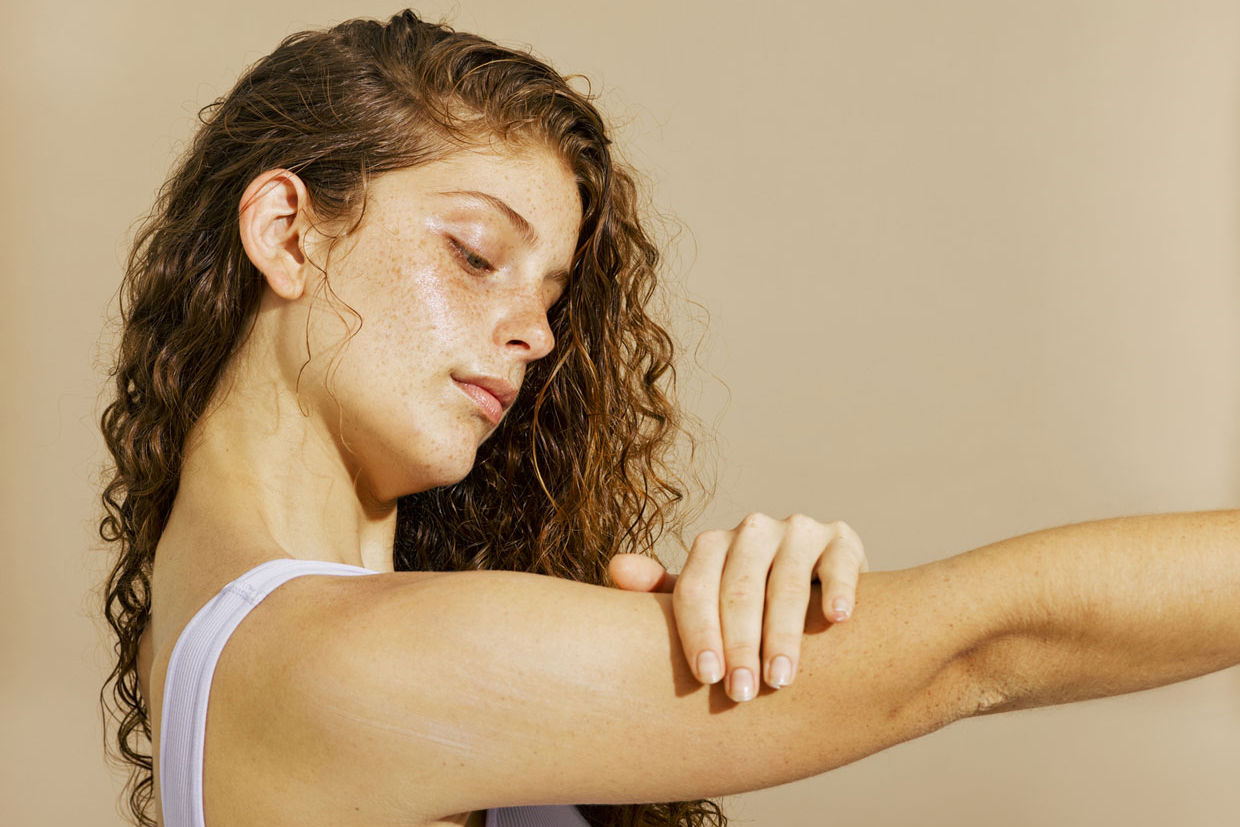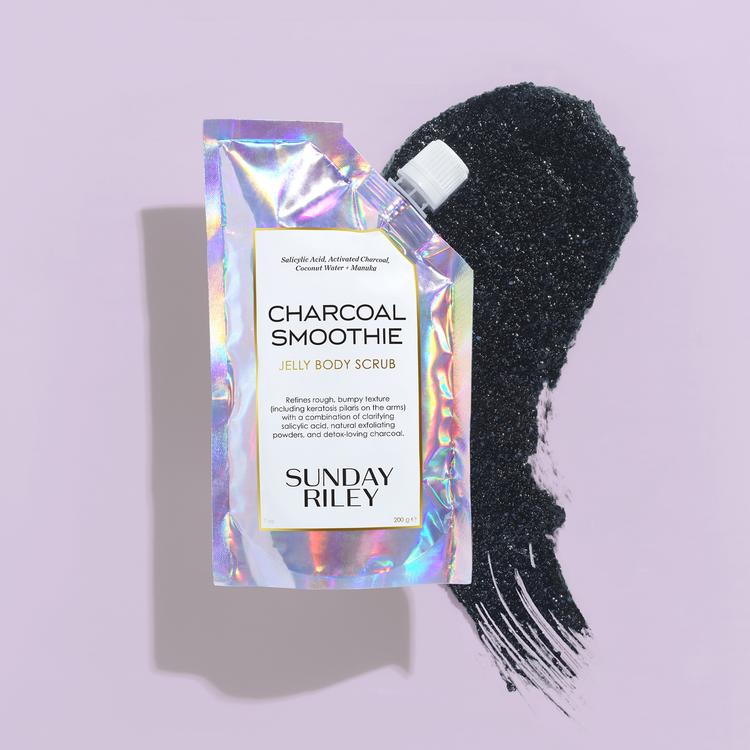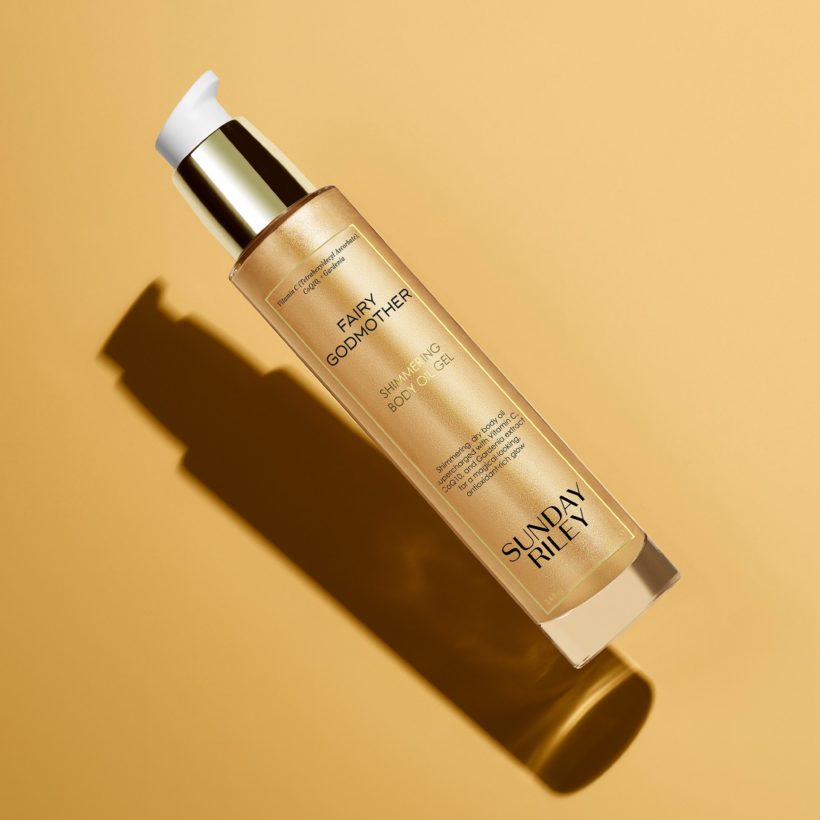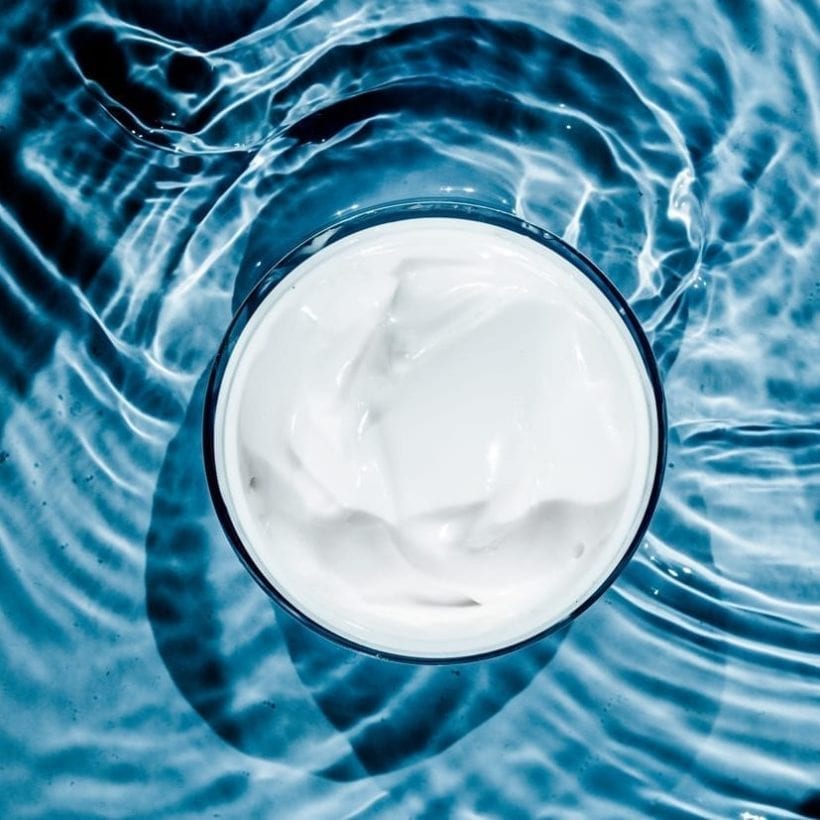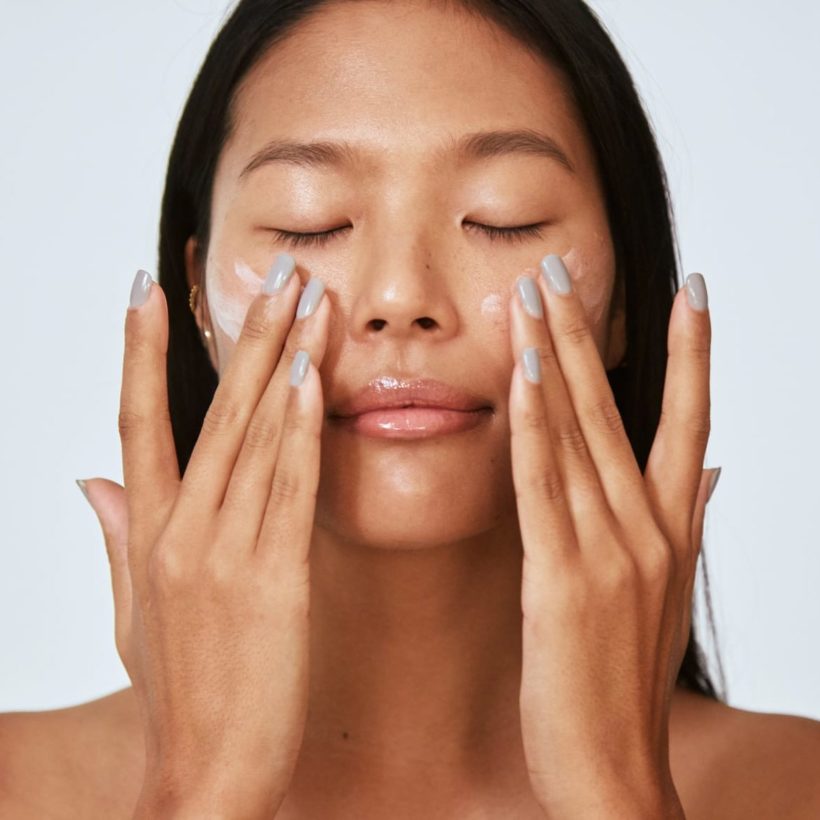Body products used to be as basic as they could get. As a result, they offered the bare minimum when it came to what they accomplished for your body skin. Now, with the rise of pro-quality facial products (think: powerful peels, potent retinols), finally, bodycare routines that contain sophisticated actives are catching up. After all, fine lines, hyperpigmentation, and dull skin aren’t just concerns that are for your face. Compared to facial skin (which is on average 1-2 mm thick), the skin on the body is much less sensitive and thicker (the thickest is 4mm on the heels of your feet). Though your body skin can, in some ways, handle more than your facial skin, the skin below the neck deserves just as much TLC.
How can using active bodycare improve your skin?
At the very least, your bodycare routine should include a cleanser, moisturizer, and sunscreen. From there, you can consider adding targeted skincare into your routine to address skincare concerns that can’t entirely be managed with a basic routine, says Anna H. Chacon, M.D., a board-certified dermatologist. “Active ingredients to target your skin’s individual needs and generally improve your skin’s look and feel over time,” she says.
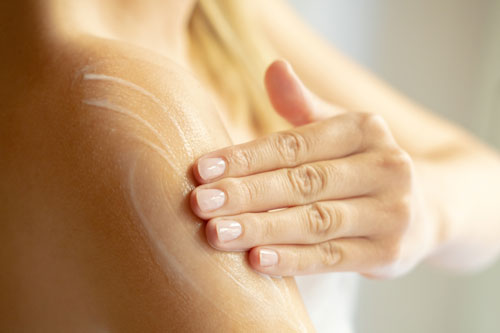
“Actives” are shorthand for active ingredients that are designed to target a specific skin concern — from signs of aging to dehydration. Compared to inactive ingredients, the potency of active ingredients often help speed up the desired results. For example, when you have a pimple, you will likely reach for an acne spot treatment containing salicylic acid or benzoyl peroxide, two actives known to fight acne by unclogging the pores. Some skin concerns like stretch marks and keratosis pilaris can only be treated by a commitment to actives. No matter your unique situation, one way to ensure you have glowing, healthy skin from the neck below year-round is by sprucing up your body care routine with actives.
What are some common active ingredients?
Whether you’re new to the world of skincare or consider yourself somewhat of a beauty enthusiast, there are a few very common active ingredients that you may come across when shopping for active skincare. Below are some of the most common active skincare ingredients to familiarize yourself with, according to Dr. Debra Jaliman, a board-certified NYC dermatologist and Assistant Professor of Dermatology Icahn School of Medicine at Mount Sinai.
Hyaluronic Acid
A molecule naturally occurring in the human body known for its ability to hold up to 1000x its weight in water. As known as HA, this “gentle acid” is often used in formulas promising hydration.
Vitamin C
The antioxidant that fights against free-radical damage from environmental skin stressors such as pollution and UV rays from the sun. Vitamin C, which can be naturally found in fruits such as lemons, orange, and grapefruit or produced synthetically, also works well to correct hyperpigmentation.

Retinol
Considered the “gold standard” of anti-aging ingredients, retinol is a synthetic derivative of vitamin A that targets many signs of skin aging, including lines, wrinkles, loss of elasticity, and collagen loss. Retinol also works wonders to improve the texture and tone of skin, targeting concerns such as enlarged pores and hyperpigmentation.
Beta-Hydroxy Acids
A beta-hydroxy acid (BHA) is oil-soluble acid that penetrates deep down in the skin to control excess sebum and unclog the pores — they’re often great at targeting acne. Salicylic acid is the most common type of BHA.
Ceramides
Help promote an in-tact moisture barrier and works to keep moisture from escaping the skin. A great ingredient if you suffer from dry skin.
Alpha-Hydroxy Acids
Known as AHAs for short, alpha-hydroxy acids chemically exfoliate the outermost layers of the skin to reveal more even-toned and smoother skin underneath. Two popular AHAs appearing in skincare are lactic acid and glycolic acid. Sunday Riley Charcoal Smoothie uses the power of both salicylic acid and lactic acid to clarify body skin and smooth bumps.
How to add actives into your bodycare routine?
The golden rule to adding actives into your body care routine is to resist the urge to load up on actives and instead introduce them to your routine one by one. “It’s important to introduce one product at a time so you’ll be able to see what each product is doing for the skin. You can isolate each new addition by waiting a month between introducing anything else. Also, before using a product all over your face and body, be sure to patch test it first to [determine whether it’s compatible with your skin],” says Dr. Chacon.

Additionally, it’s essential not to use any active skincare more often than suggested on the product’s instructions as this may increase the chances of an adverse reaction.
As far as choosing the right active for your routine, Chacon suggests starting with an active ingredient that speaks most to your biggest skin concerns. While there are an increasing number of active product care products hitting the shelves of some of your favorite retailers, it’s crucial to only reach for those that make sense for your skin — skincare is not one size fits all.
We only recommend products we have independently researched, tested, and loved. If you purchase a product found through our links, Sunday Edit may earn an affiliate commission.
